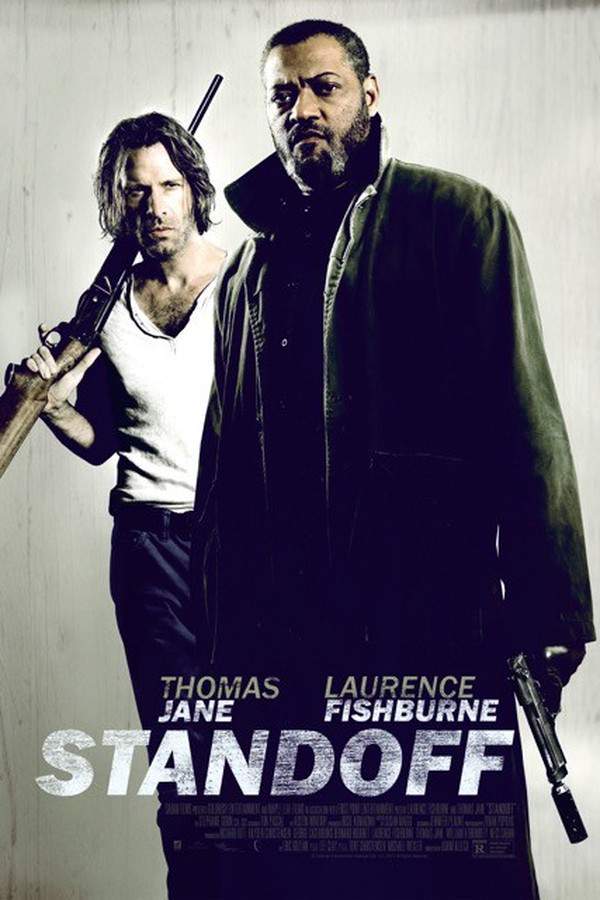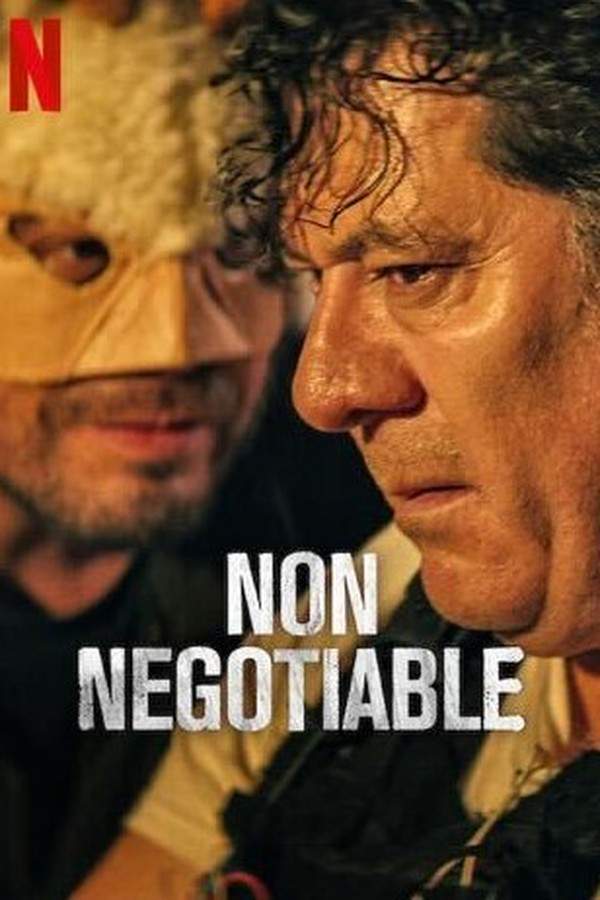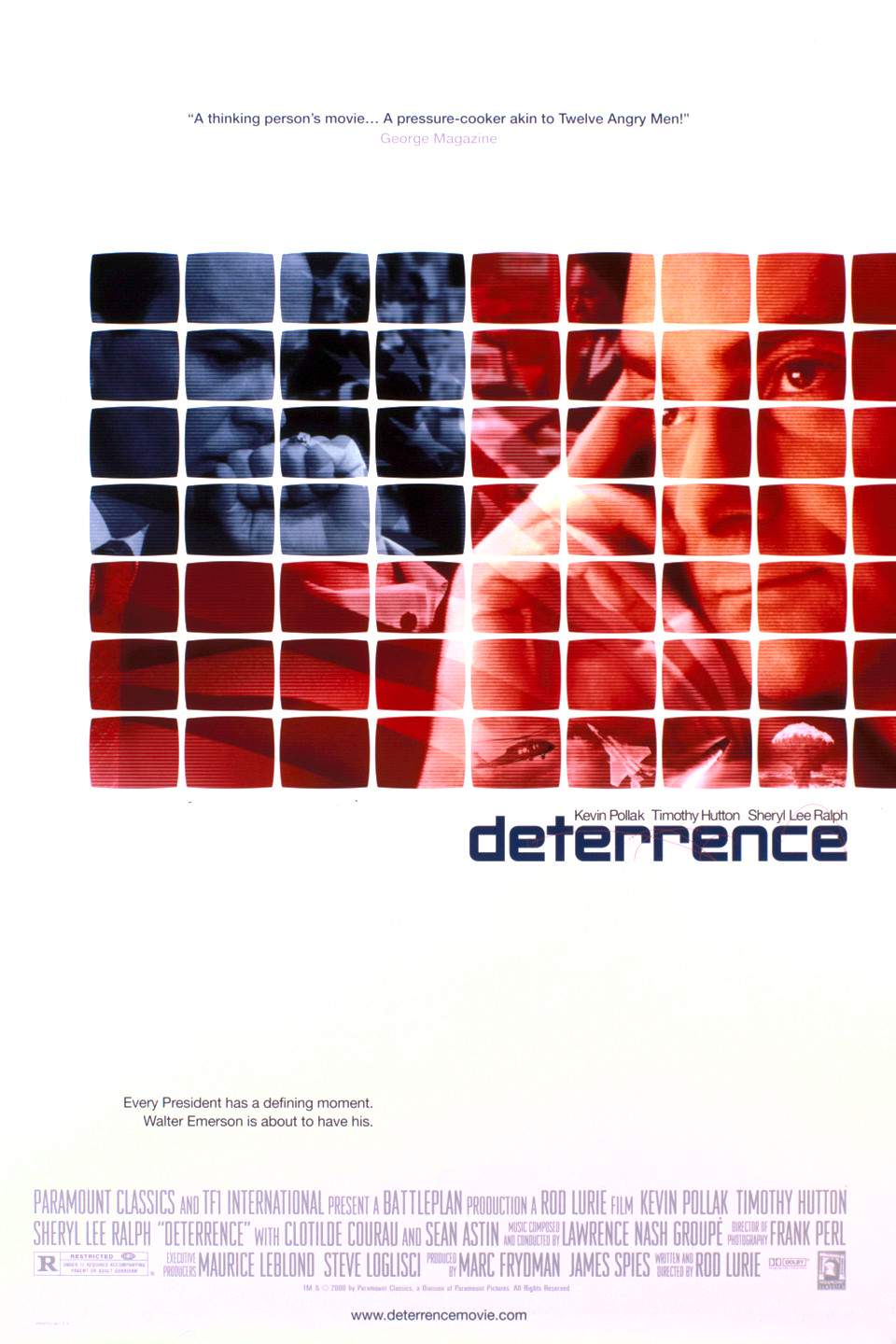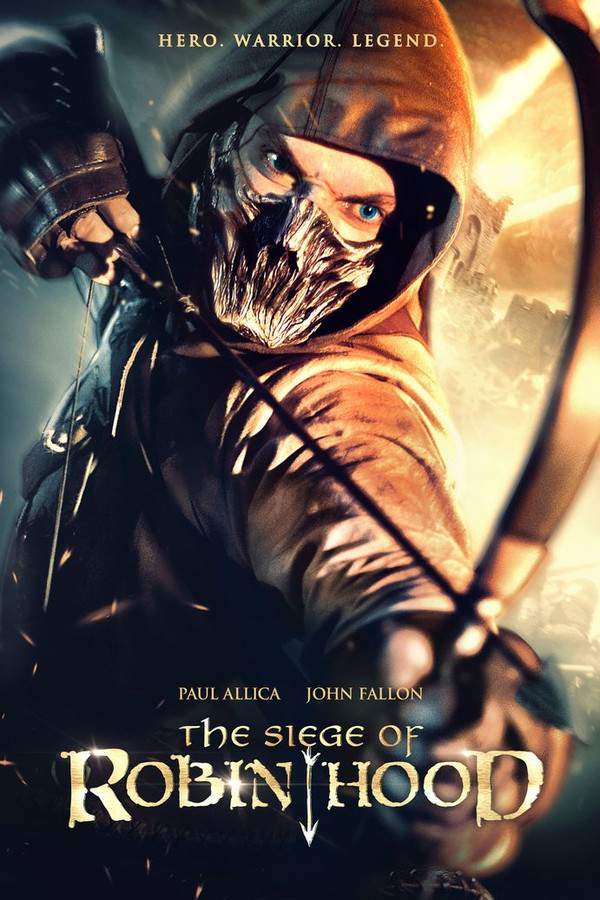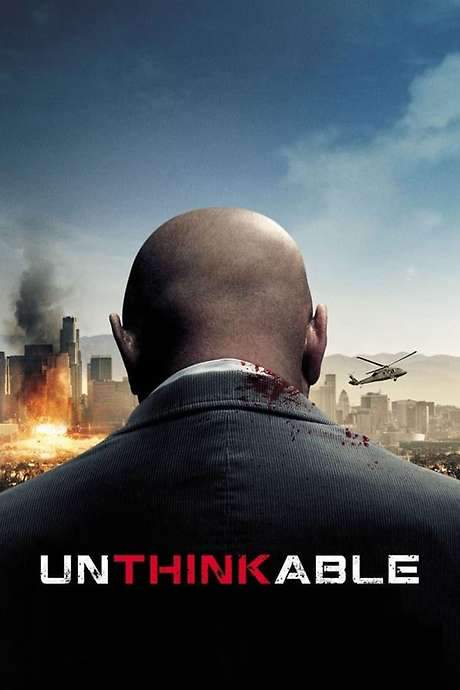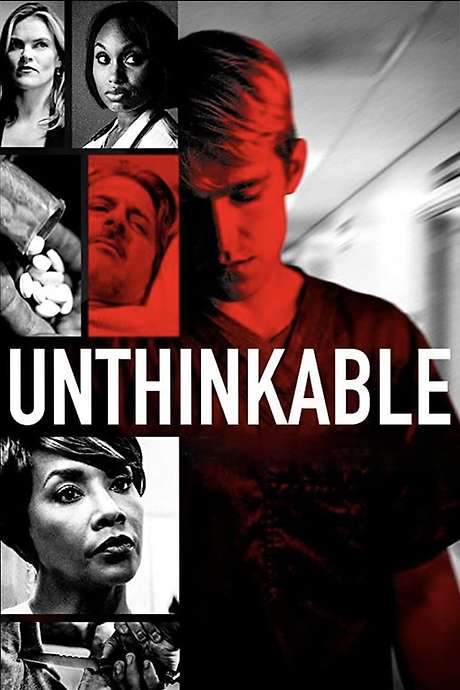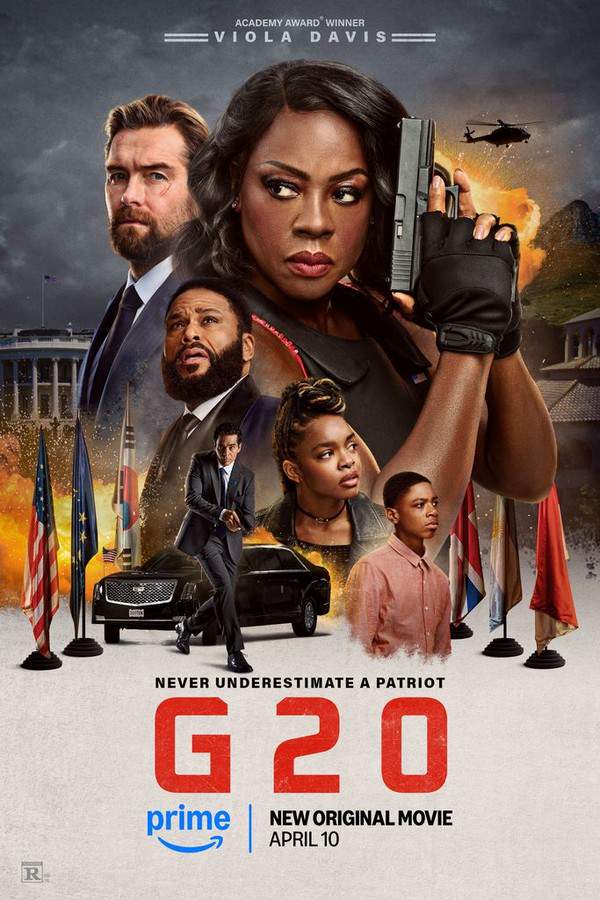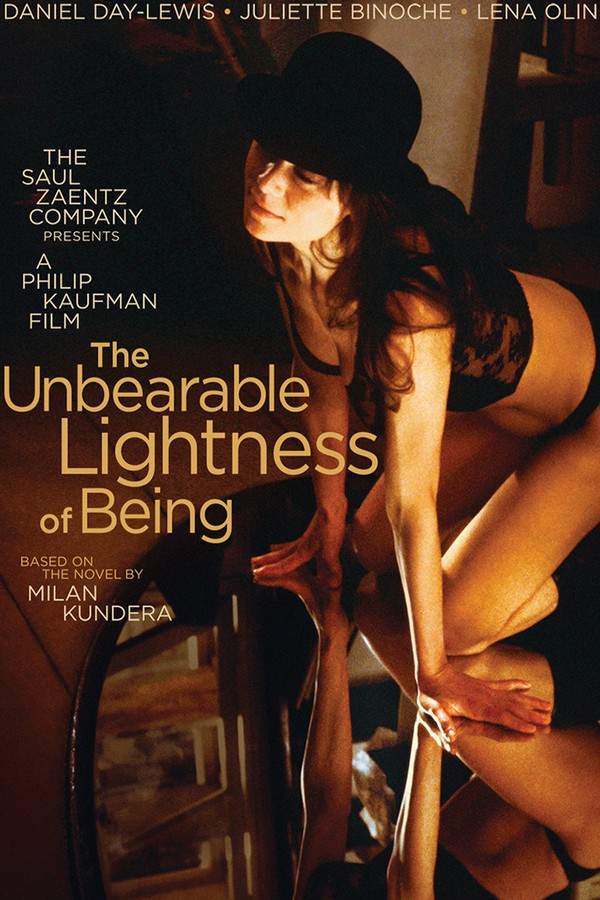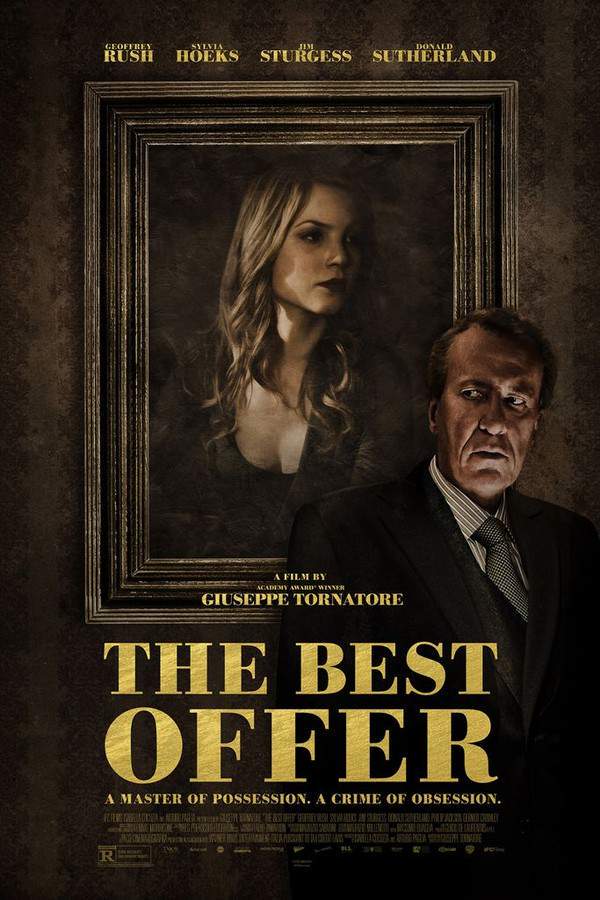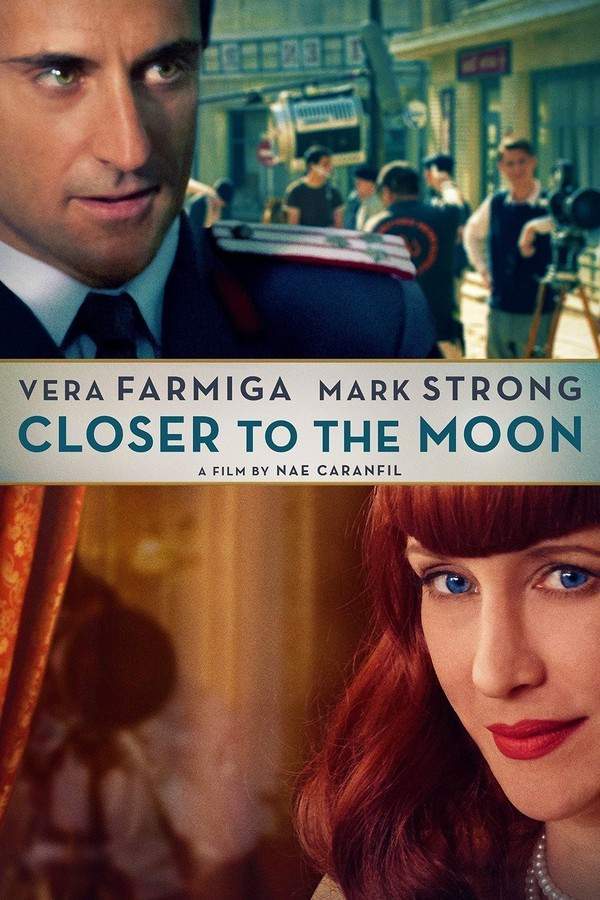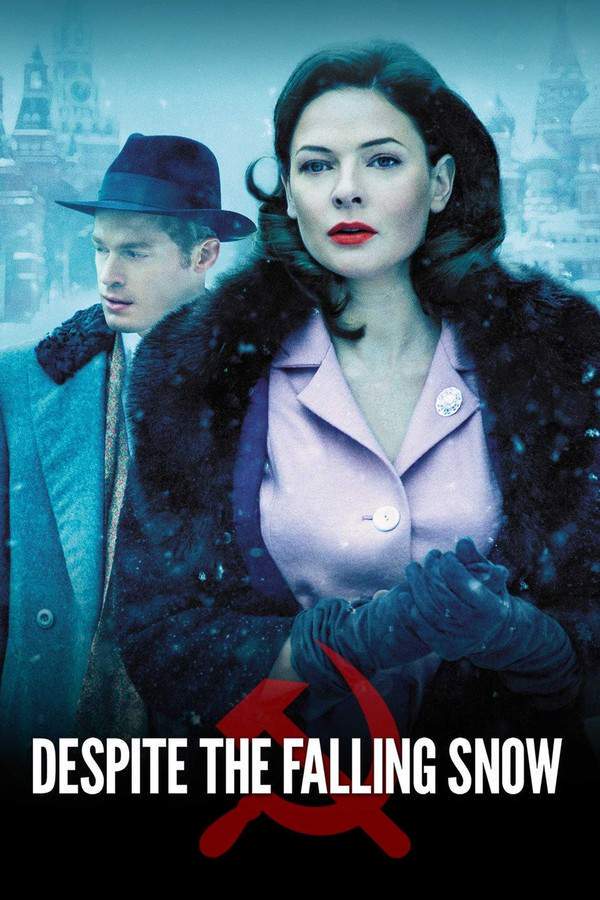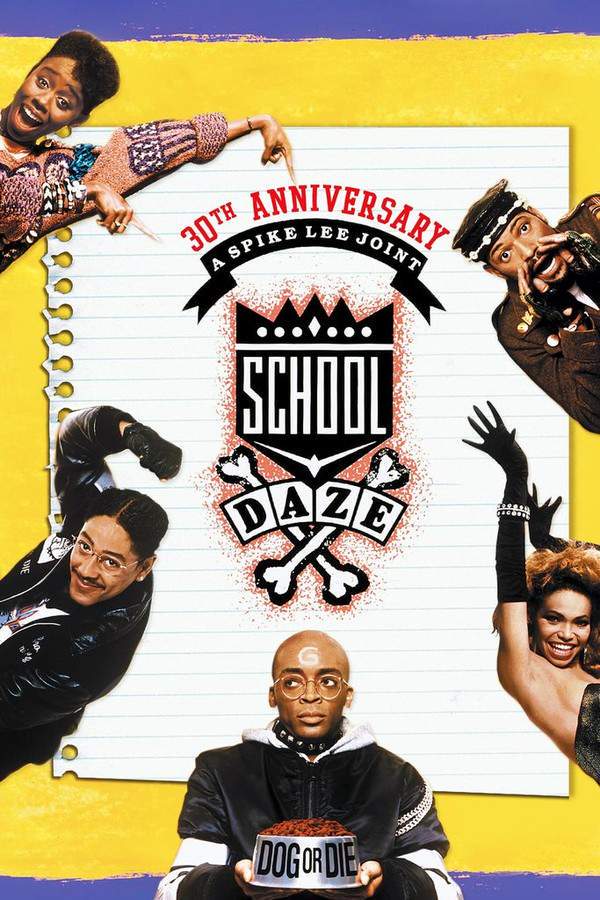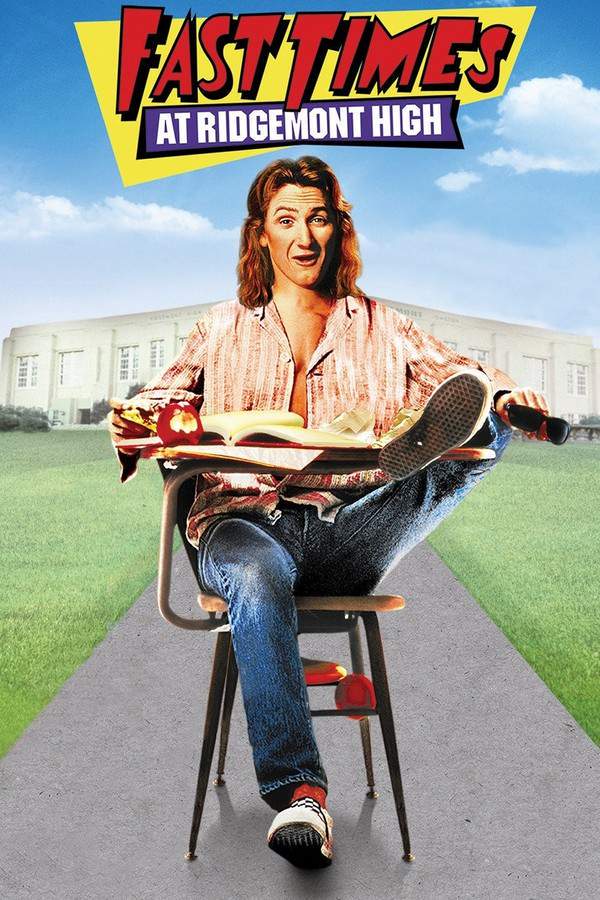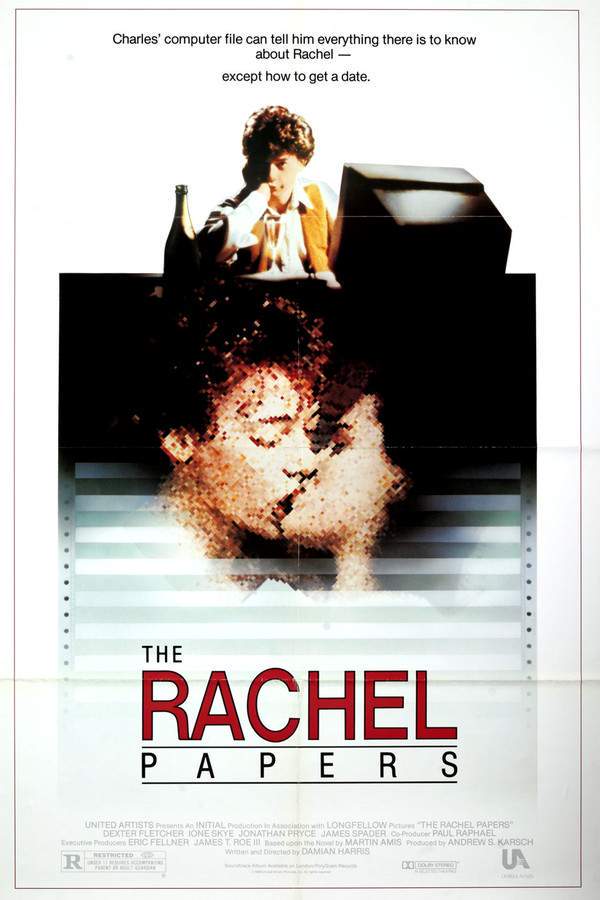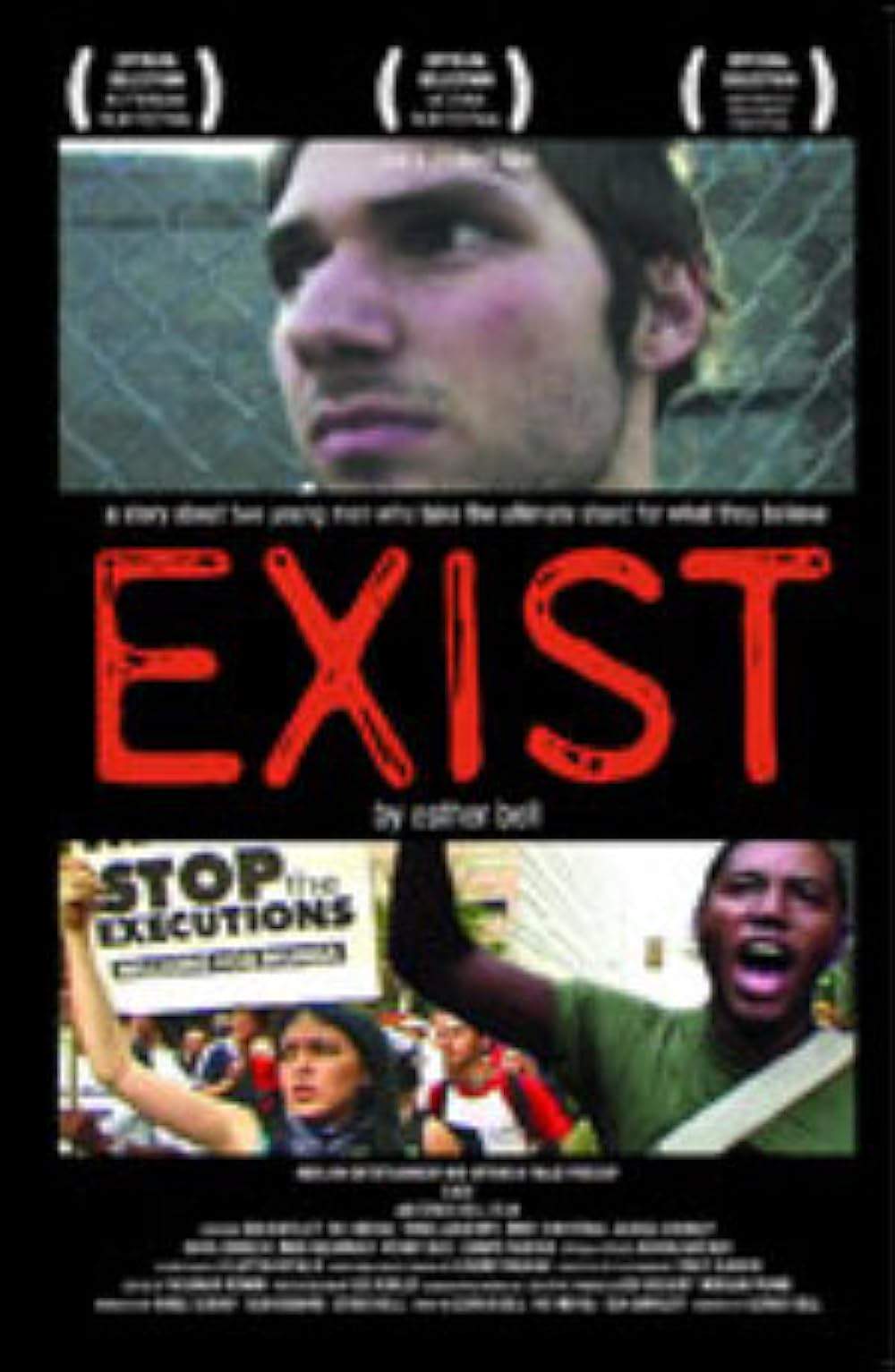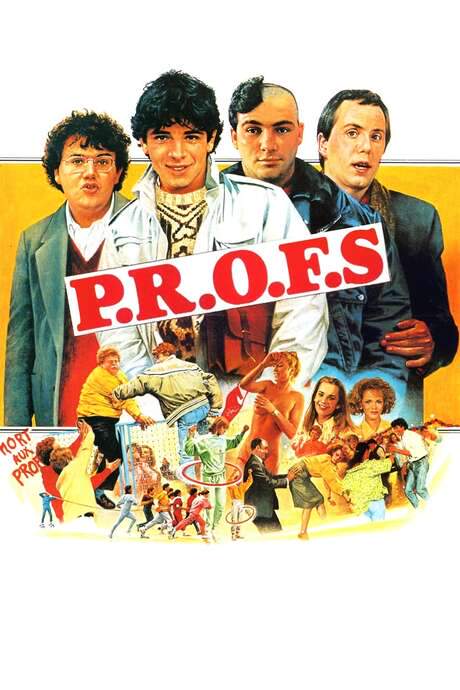
R.P.M.
Year: 1970
Runtime: 92 mins
Language: English
Director: Stanley Kramer
Set on a West Coast college in the tumultuous late 1960s, the film follows a liberal professor (Anthony Quinn) who has long supported student activism. When radical protesters seize the campus and the president steps down, he is thrust into the presidency. He must decide whether to restore order or allow the revolutionary fervor to spiral into chaos.
Warning: spoilers below!
Haven’t seen R.P.M. yet? This summary contains major spoilers. Bookmark the page, watch the movie, and come back for the full breakdown. If you're ready, scroll on and relive the story!
Timeline & Setting – R.P.M. (1970)
Explore the full timeline and setting of R.P.M. (1970). Follow every major event in chronological order and see how the environment shapes the story, characters, and dramatic tension.
Last Updated: October 04, 2025 at 15:30
Main Characters – R.P.M. (1970)
Meet the key characters of R.P.M. (1970), with detailed profiles, motivations, and roles in the plot. Understand their emotional journeys and what they reveal about the film’s deeper themes.
Last Updated: October 04, 2025 at 15:30
Major Themes – R.P.M. (1970)
Explore the central themes of R.P.M. (1970), from psychological, social, and emotional dimensions to philosophical messages. Understand what the film is really saying beneath the surface.
Last Updated: October 04, 2025 at 15:30
Explore Movie Threads
Discover curated groups of movies connected by mood, themes, and story style. Browse collections built around emotion, atmosphere, and narrative focus to easily find films that match what you feel like watching right now.
Movies with Ideological Standoffs like R.P.M.
Stories where clashing ideologies lead to a tense and urgent countdown.If you enjoyed the tense campus occupation in R.P.M., explore more movies like it that feature urgent political standoffs. These films capture the high-pressure dynamics of ideological clashes, where characters are forced into difficult negotiations with time running out, leading to similarly gripping and intense viewing experiences.
Narrative Summary
The narrative pattern typically involves two or more factions with deeply held, conflicting ideologies becoming locked in a high-pressure situation. The story unfolds in real-time or under a tight deadline, forcing characters to make rapid, consequential decisions. The journey often explores the collapse of compromise and the personal cost of political fervor.
Why These Movies?
Movies are grouped here for their shared focus on tense, ideologically-driven conflicts that create a palpable sense of urgency. They share a fast-paced, confrontational tone, a high-intensity atmosphere, and often a bittersweet or heavy ending where no side emerges truly victorious.
Stories of Compromised Idealists like in R.P.M.
Character journeys where good intentions are crushed by harsh realities.For viewers who appreciated the moral conflict of the professor in R.P.M., this collection features similar movies about idealists facing compromise. These dramas explore what happens when reformers become part of the system they sought to change, leading to bittersweet endings and heavy emotional weight, perfect for fans of complex character studies.
Narrative Summary
The narrative centers on a character arc where a well-intentioned individual is thrust into a role of authority within the very system they criticized. They are forced to make pragmatic choices that conflict with their foundational beliefs, leading to a crisis of conscience, alienation from their allies, and a profound sense of personal failure.
Why These Movies?
These films are united by a specific character journey—the fall of an idealist. They share a heavy emotional weight, a tense tone derived from internal moral conflict, and a bittersweet or bleak ending feel that questions the possibility of pure change within established structures.
Unlock the Full Story of R.P.M.
Don't stop at just watching — explore R.P.M. in full detail. From the complete plot summary and scene-by-scene timeline to character breakdowns, thematic analysis, and a deep dive into the ending — every page helps you truly understand what R.P.M. is all about. Plus, discover what's next after the movie.
R.P.M. Summary
Read a complete plot summary of R.P.M., including all key story points, character arcs, and turning points. This in-depth recap is ideal for understanding the narrative structure or reviewing what happened in the movie.

R.P.M. Timeline
Track the full timeline of R.P.M. with every major event arranged chronologically. Perfect for decoding non-linear storytelling, flashbacks, or parallel narratives with a clear scene-by-scene breakdown.

More About R.P.M.
Visit What's After the Movie to explore more about R.P.M.: box office results, cast and crew info, production details, post-credit scenes, and external links — all in one place for movie fans and researchers.

Similar Movies to R.P.M.
Discover movies like R.P.M. that share similar genres, themes, and storytelling elements. Whether you’re drawn to the atmosphere, character arcs, or plot structure, these curated recommendations will help you explore more films you’ll love.
Explore More About Movie R.P.M.
R.P.M. (1970) Plot Summary & Movie Recap
R.P.M. (1970) Scene-by-Scene Movie Timeline
R.P.M. (1970) Spoiler-Free Summary & Key Flow
Movies Like R.P.M. – Similar Titles You’ll Enjoy
The Rage in Placid Lake (2004) Film Overview & Timeline
School Daze (1988) Story Summary & Characters
Fast Times at Ridgemont High (1982) Full Movie Breakdown
College (2008) Detailed Story Recap
The Rachel Papers (1989) Detailed Story Recap
Exist (2005) Complete Plot Breakdown
Rondo (2018) Detailed Story Recap
P.R.O.F.S. (1985) Full Movie Breakdown
Riot on Sunset Strip (1967) Story Summary & Characters
The Revolutionary (1970) Detailed Story Recap
Sex Play (1969) Full Movie Breakdown
College Confidential (1960) Complete Plot Breakdown
The Love-Ins (1967) Story Summary & Characters
45 R.P.M. (2008) Detailed Story Recap
Raging Hormones (1999) Movie Recap & Themes


